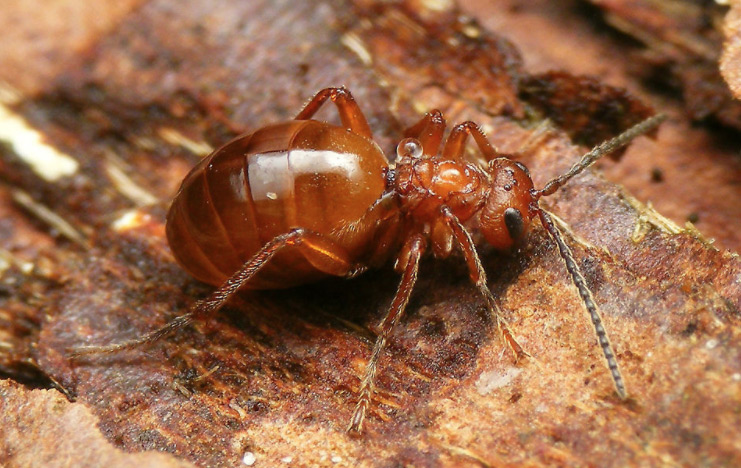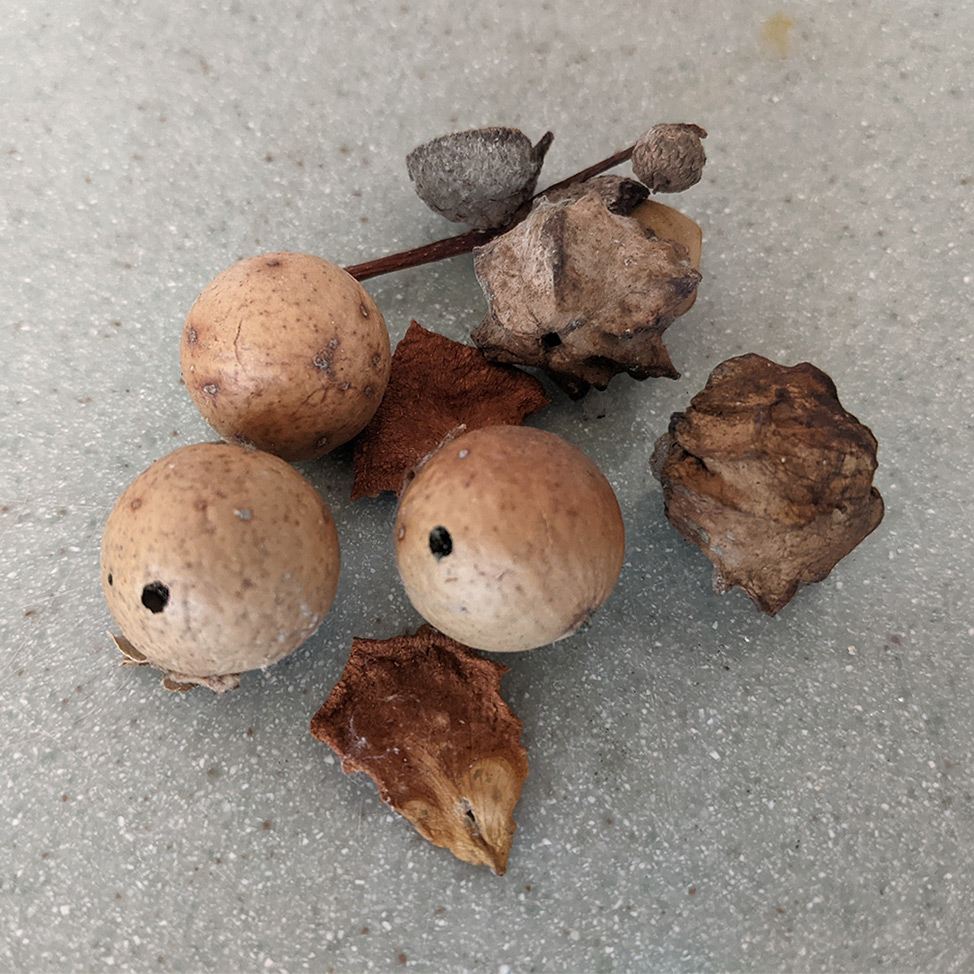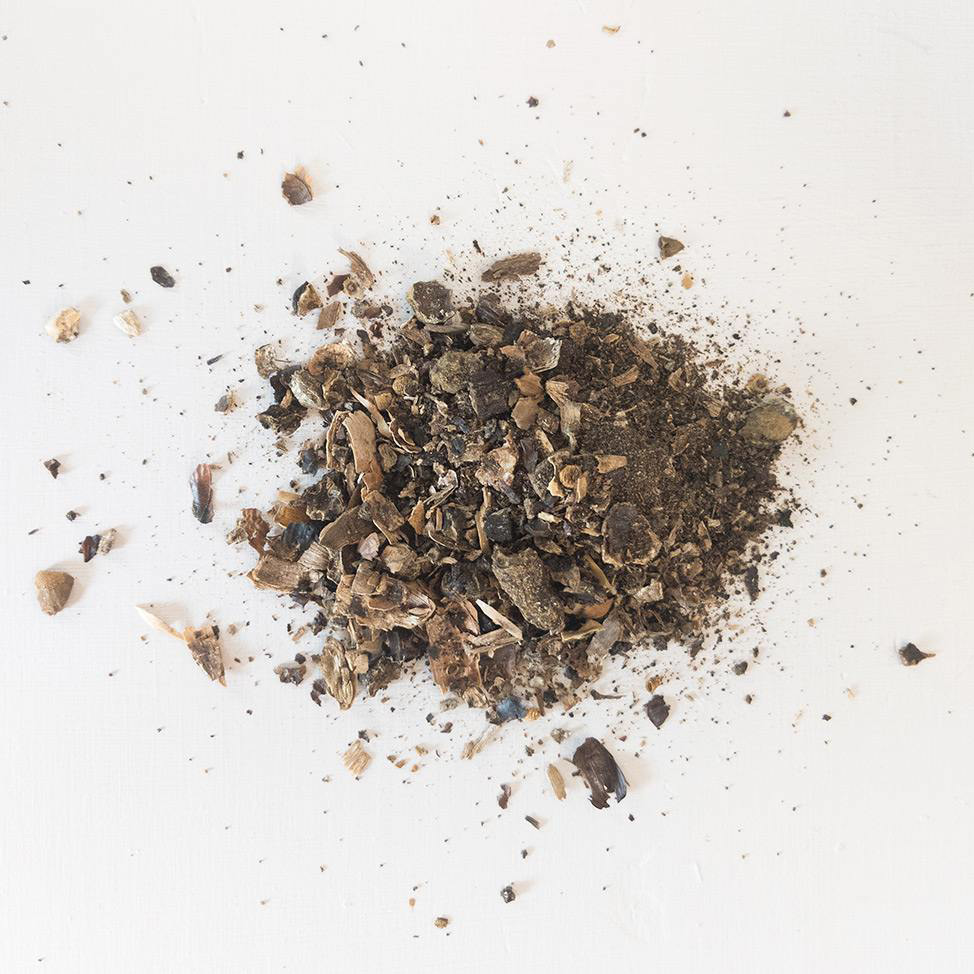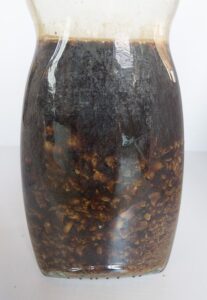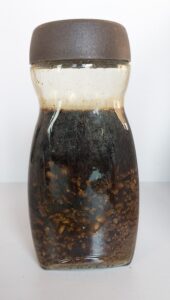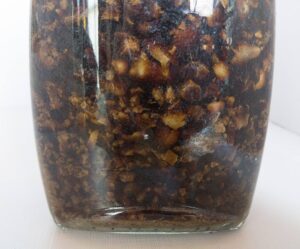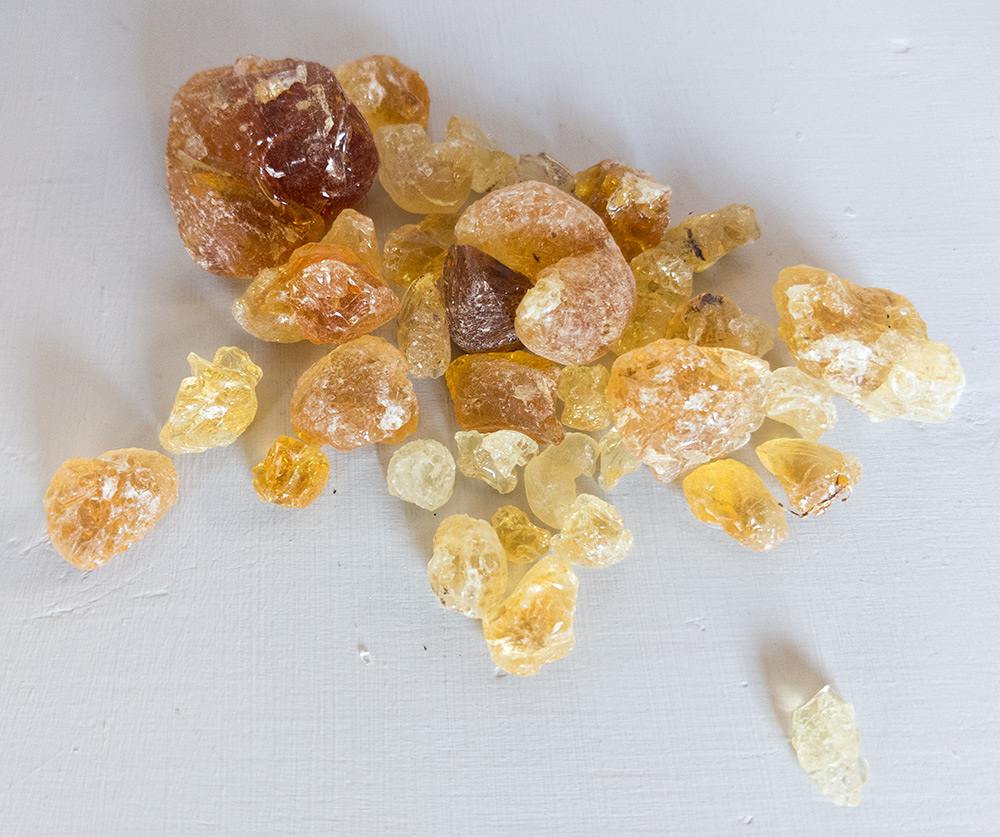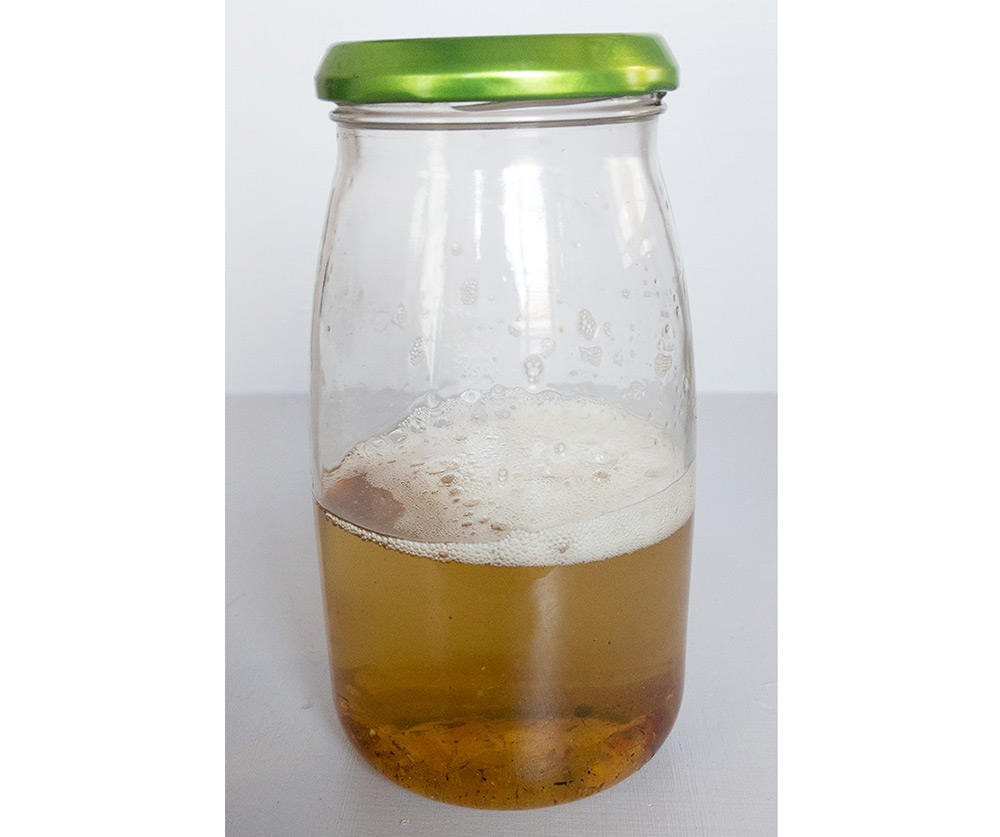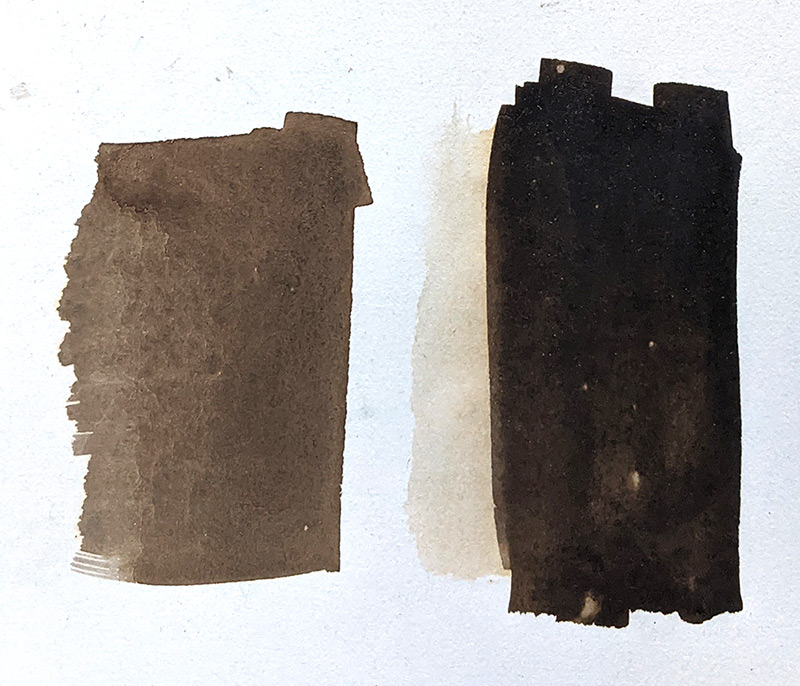What Is Oak Gall Ink?
The use of oak galls to make a black ink dates back to the early Middle Ages, and was in use until the early twentieth century, the ingredients are fairly basic and easily obtained, but what are they exactly?
Oak galls, also known as oak apples, are formed by small “gall wasps”, the adult female of which lays single eggs on developing leaf buds. The secretions of the wasp larvae which feed on it, modify the oak bud into the gall, a small round-shaped encrustation that protects the developing larvae until they metamorphose into adults. The wasp then works it way out of the gall leaving a small hole. These galls are rich in tannins, or tannic acid, which is the basis of the production of the ink.
To make a usable ink you will also need a ferrous salt, Iron (II) Sulphate, water and Gum Arabic. There are numerous recipes that have come down to us through the ages, some of which substitute the water for wine or beer, (although this was probably more down to the purity of water available) and you will see the ferrous salt used referred to as copperas or green vitriol. The Iron (II) Sulphate that I used was that found in the garden centre for plants, and it works very well.

What You Will Need
- Oak Galls
- Pestle and Mortar and/or a hammer to crack the galls and break them into small pieces
- Large Jar with screw top
- Funnel
- Rainwater or distilled (de-ionised) water
- Muslin or coffee filter paper
- Iron (II) Sulphate [Available from specialist suppliers such as Kremer Pigmente or also available from the garden centre]
- Gum Arabic
As an alternative to collecting your own oak galls you can buy them, amongst others, from Kremer Pigmente at reasonable cost.
Method
The first thing you will need to do is crush the oak galls. You can use a pestle and mortar but some are so hard that nothing less than a bit of brute force will do, so wrap the galls in a tea-towel or other old cloth and break them up using a sturdy hammer.
Having crushed the Oak Galls you then need to place them in a large jar and cover them with water. There are no fixed amounts here, but if you reckon on a proportion of about 30 gm (roughly 1oz) of galls to 250ml (roughly 8.5 fl oz) of water you should be fine. I used an old instant coffee jar that holds 1 litre of water. The important thing is that the Oak Galls are fully covered by the water.
The amount of ink that I was able to produce from this quantity was enough to fill 7 100ml jars. I used rainwater in preference to water from the tap. It is then a question of patience as the Oak Galls need to be left to soak for several days, turning the jar every day (I did this once in the morning and again in the evening) to ensure that the tannins are fully absorbed by the water, leaving you with a brown liquid.
Moving On…
The liquid after a couple of days soaking will on its own produce a brown “ink” of sorts that can be brushed on paper, but is too thin and not yet an ink to use with a pen.
After several days have elapsed pour the contents of the jar into a saucepan and heat until the contents are warm but not boiling. Then strain the whole through muslin or coffee filter paper into another container.
It is at this point that I added the Iron(II)Sulphate, with a ratio of half a teaspoon per 250ml of water – so in my case with using just under a litre of water I added 4 teaspoons of the ferrous sulphate. Then put the liquid back into the saucepan and heat again until warm, stirring thoroughly, so that the iron sulphate is fully absorbed by the oak gall liquid. Now add the gum arabic, about a teaspoon and then give the mixture a good stir. Return to heat and heat for several minutes until warm.
This makes a perfectly usable ink. When first used the colour will be a black to dark grey but deepens over time and the addition of water if using as a wash, will make the resulting colour go brown.

